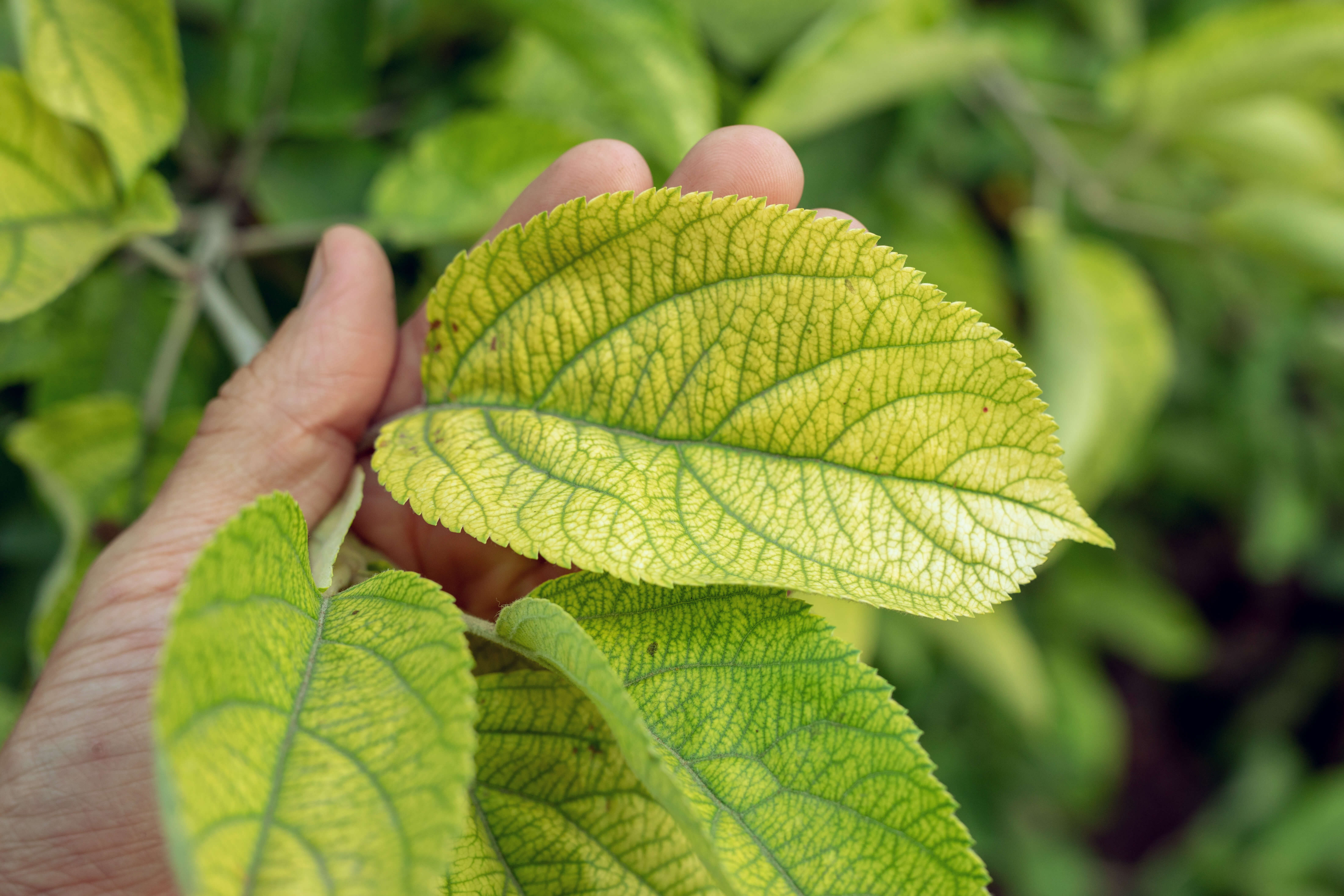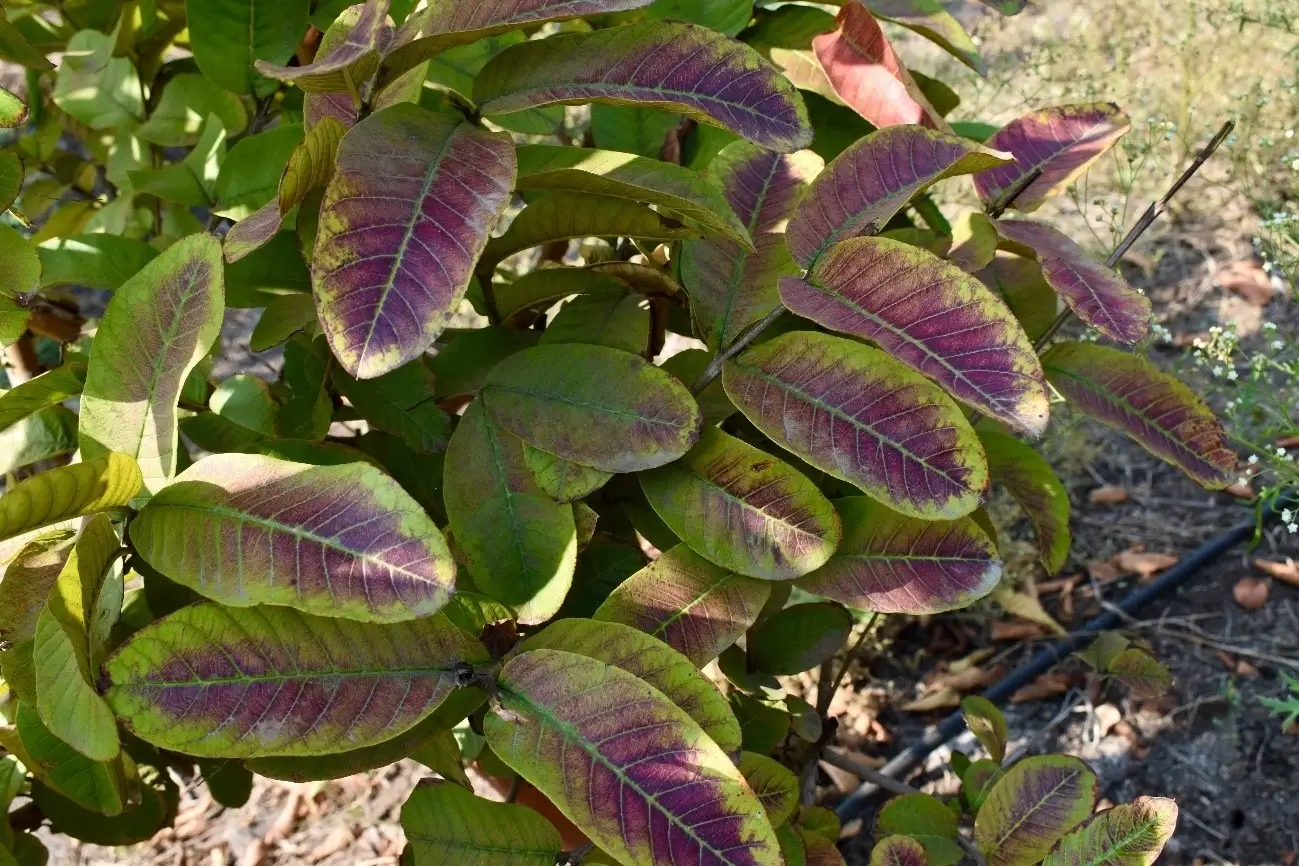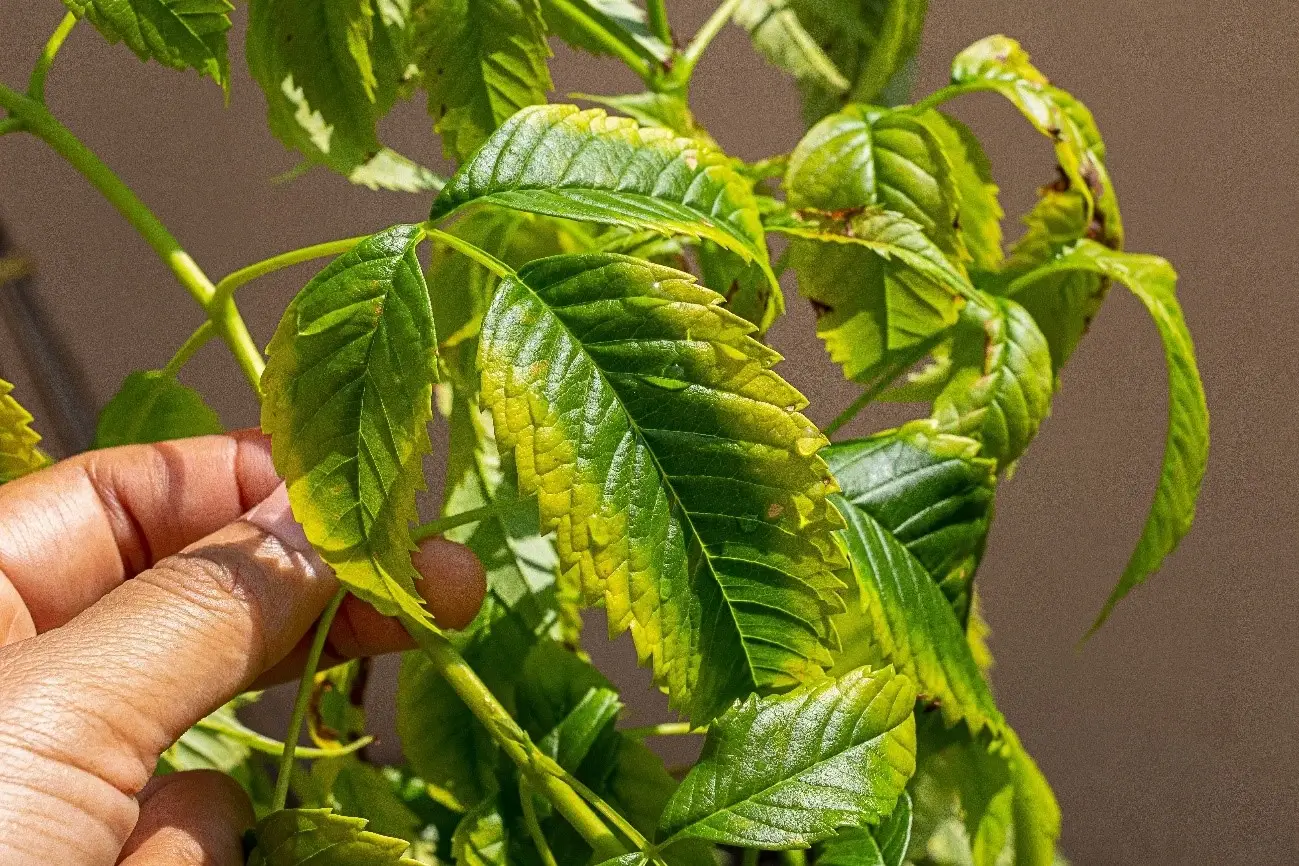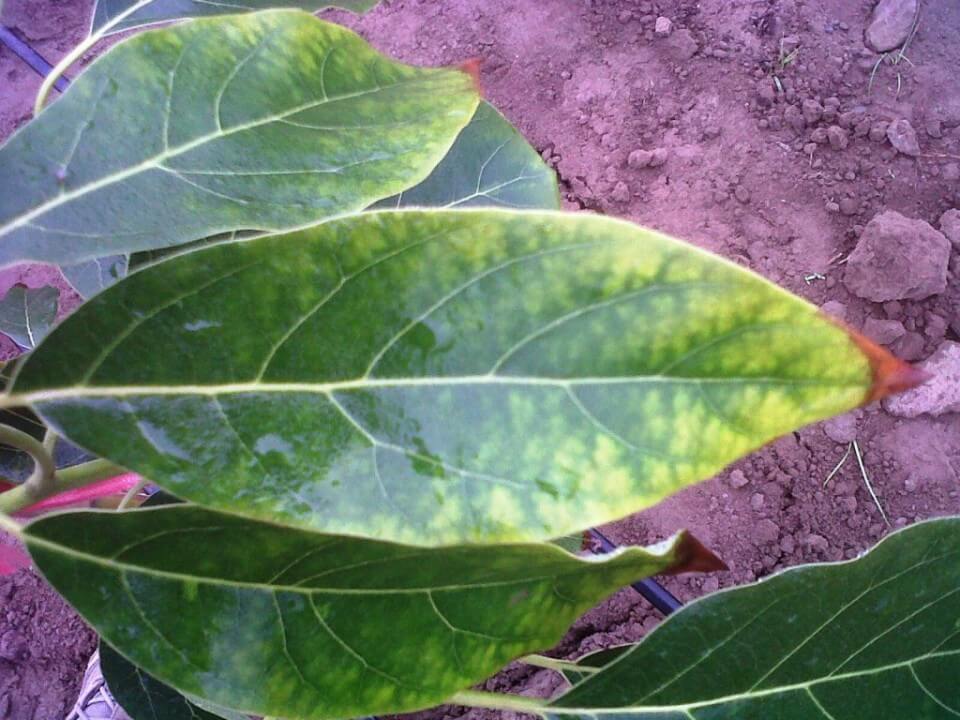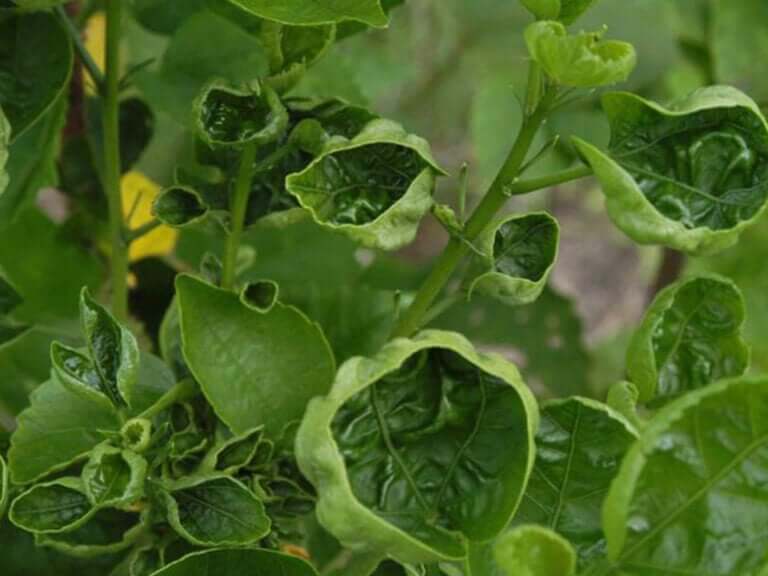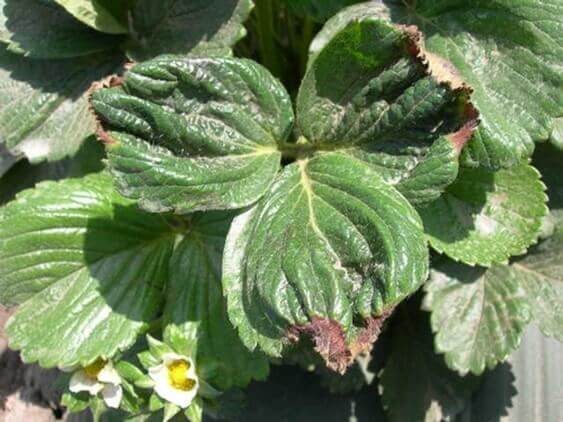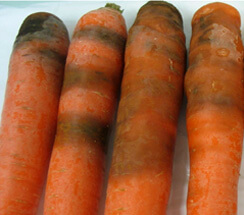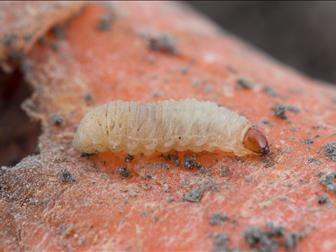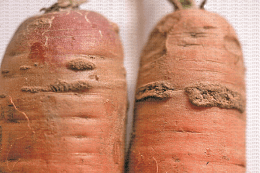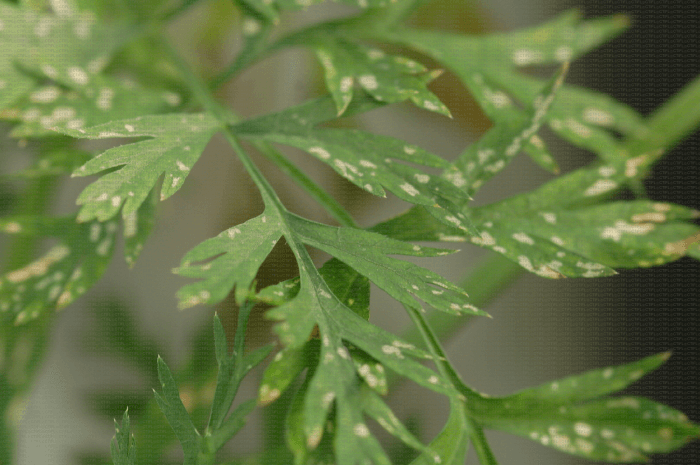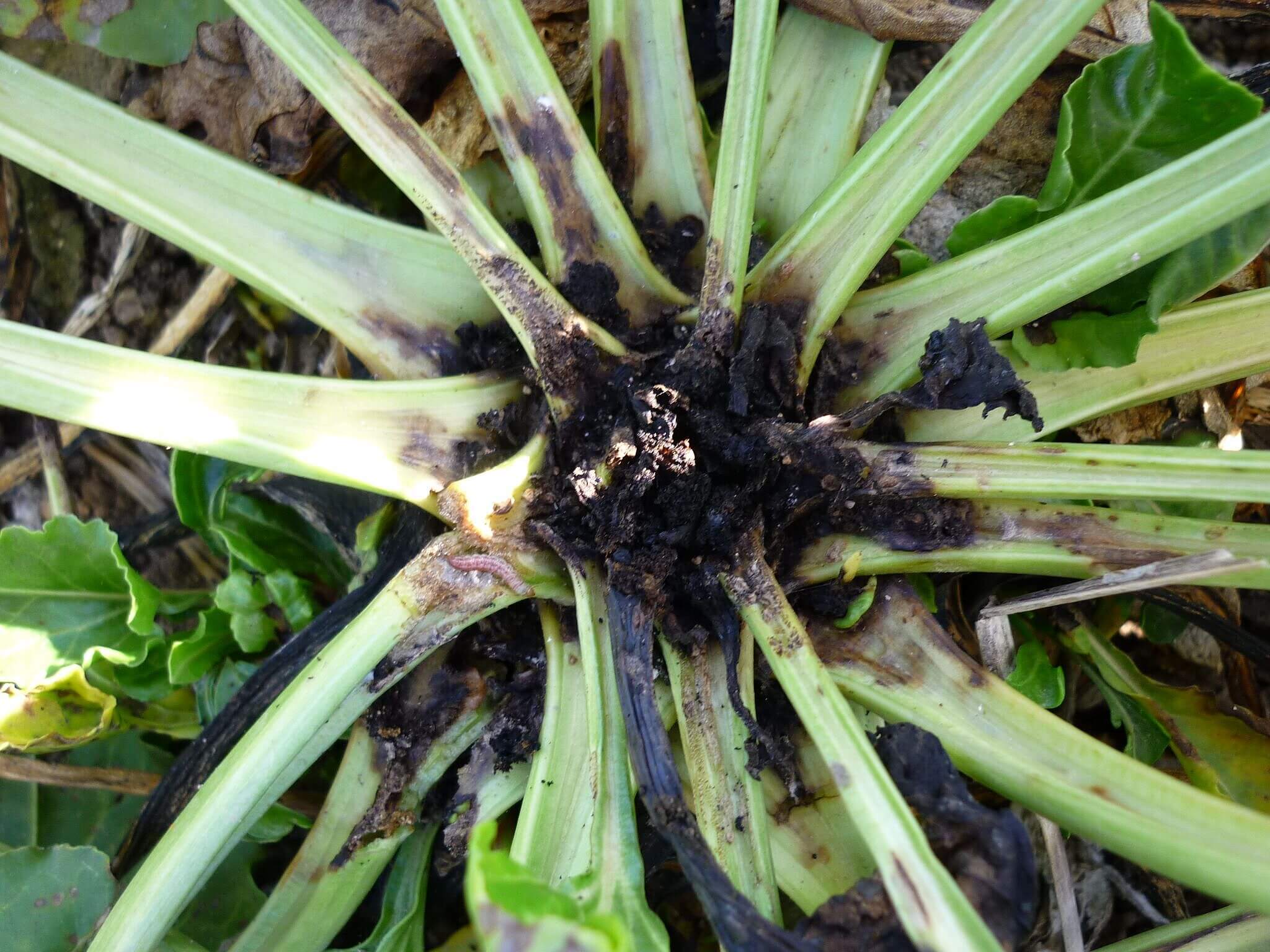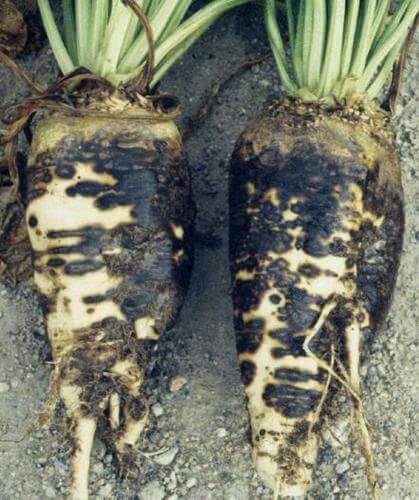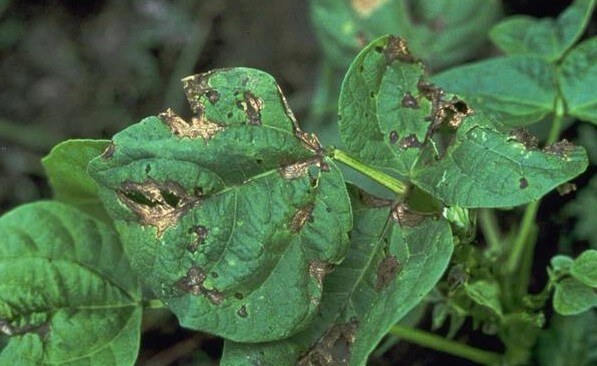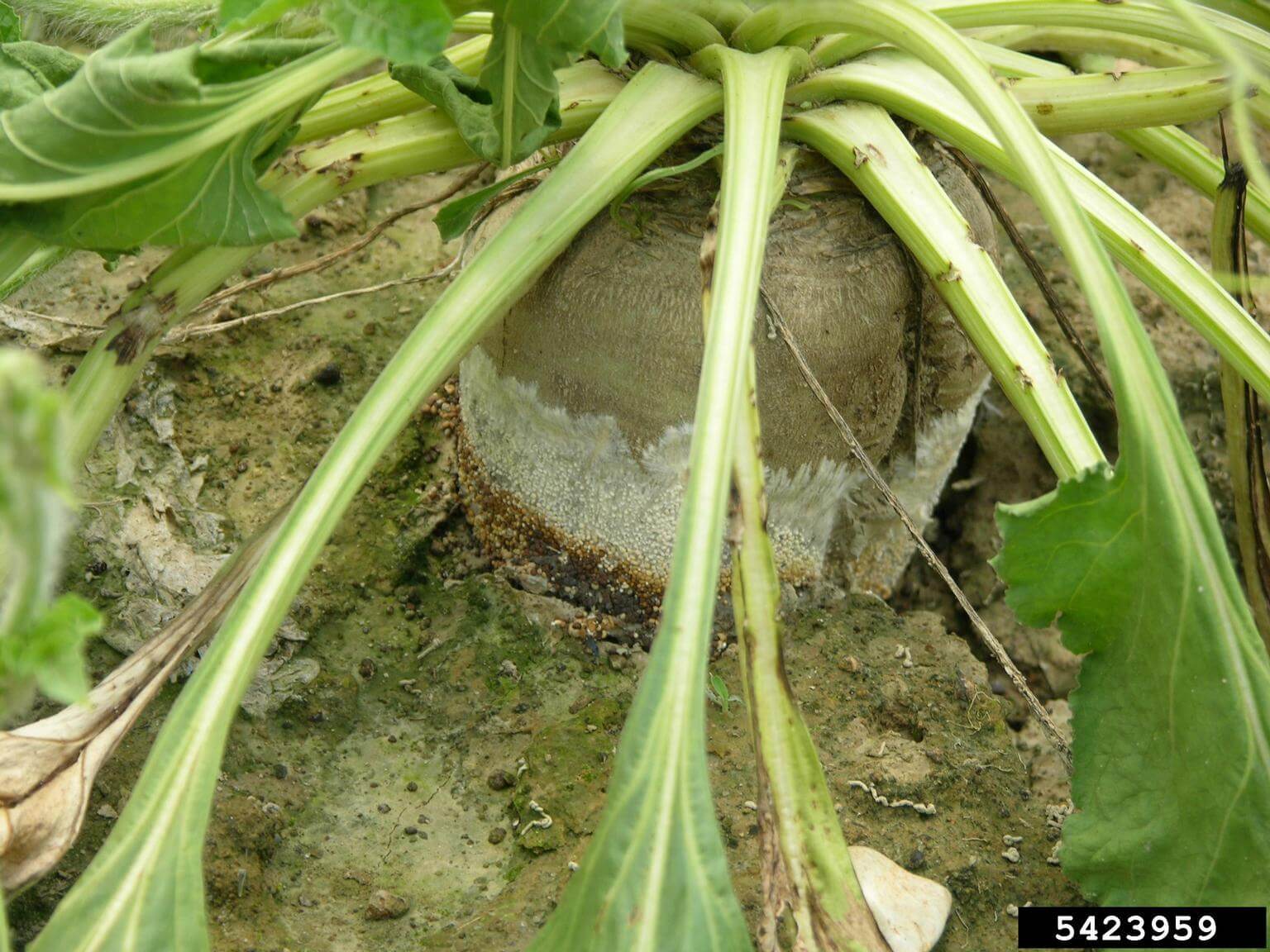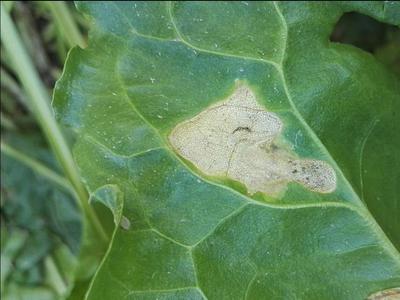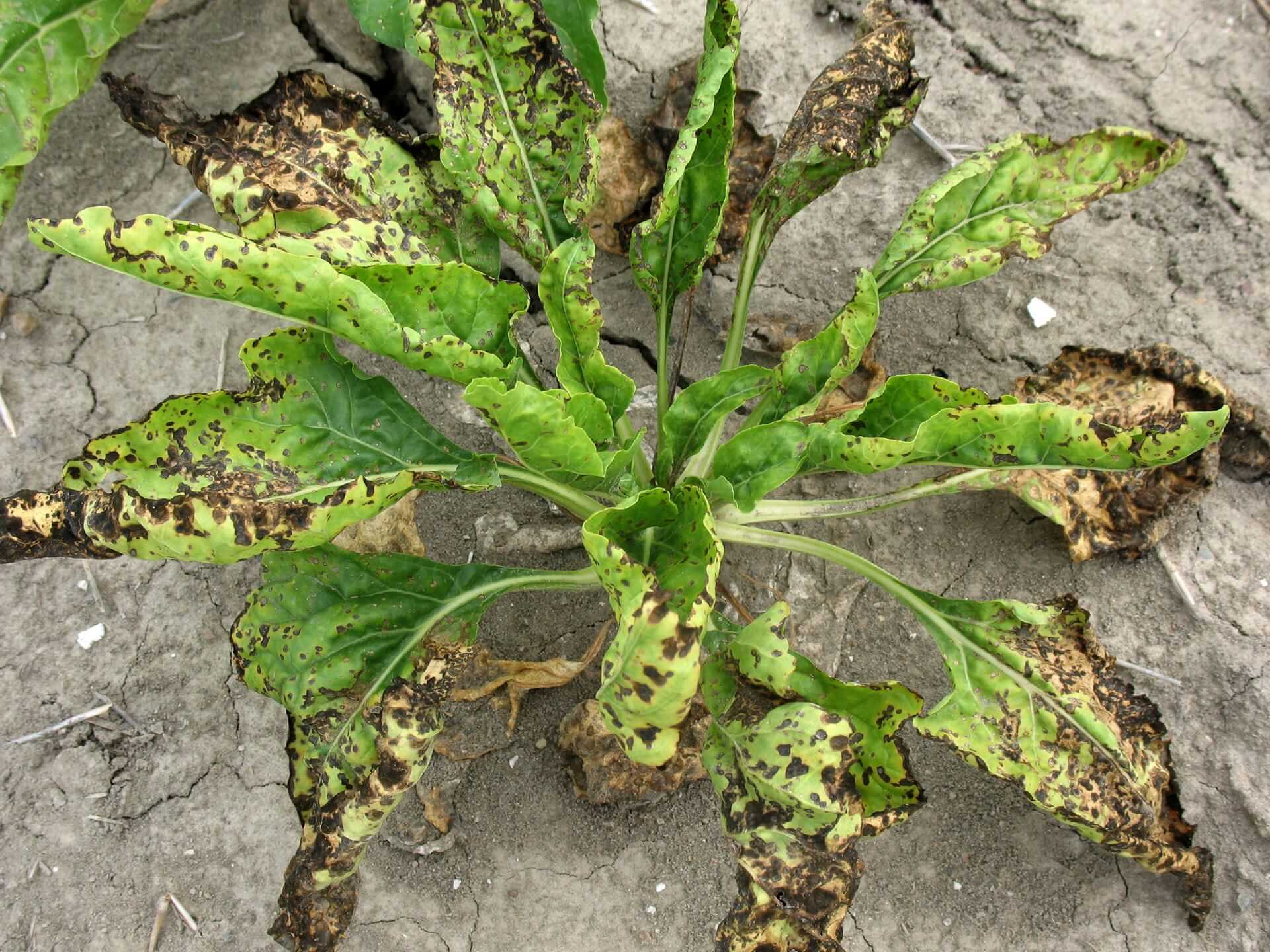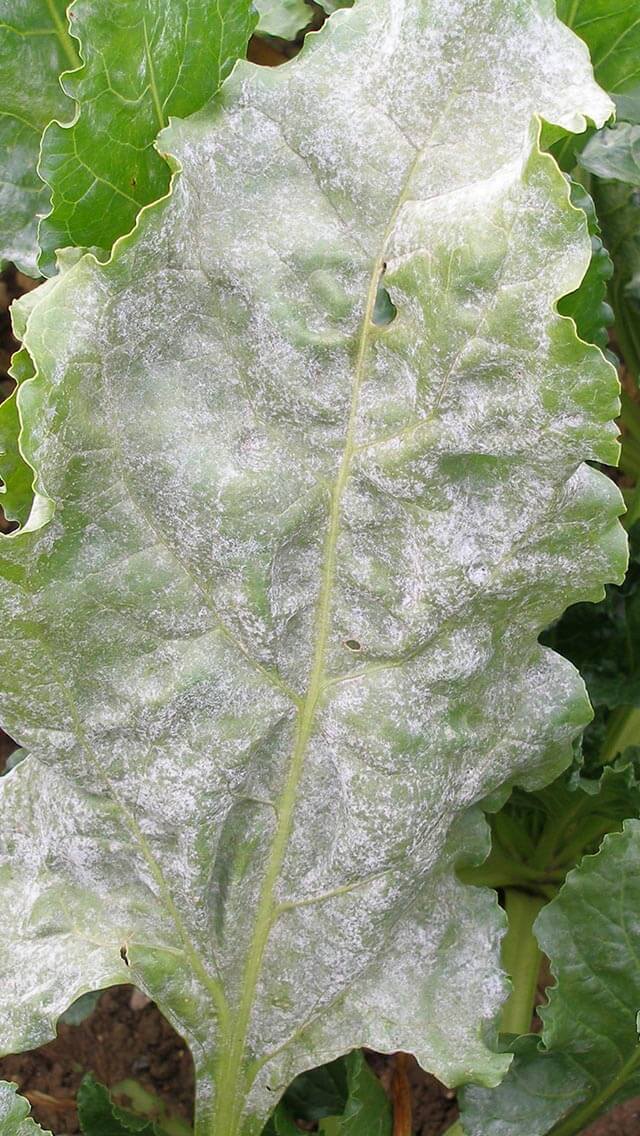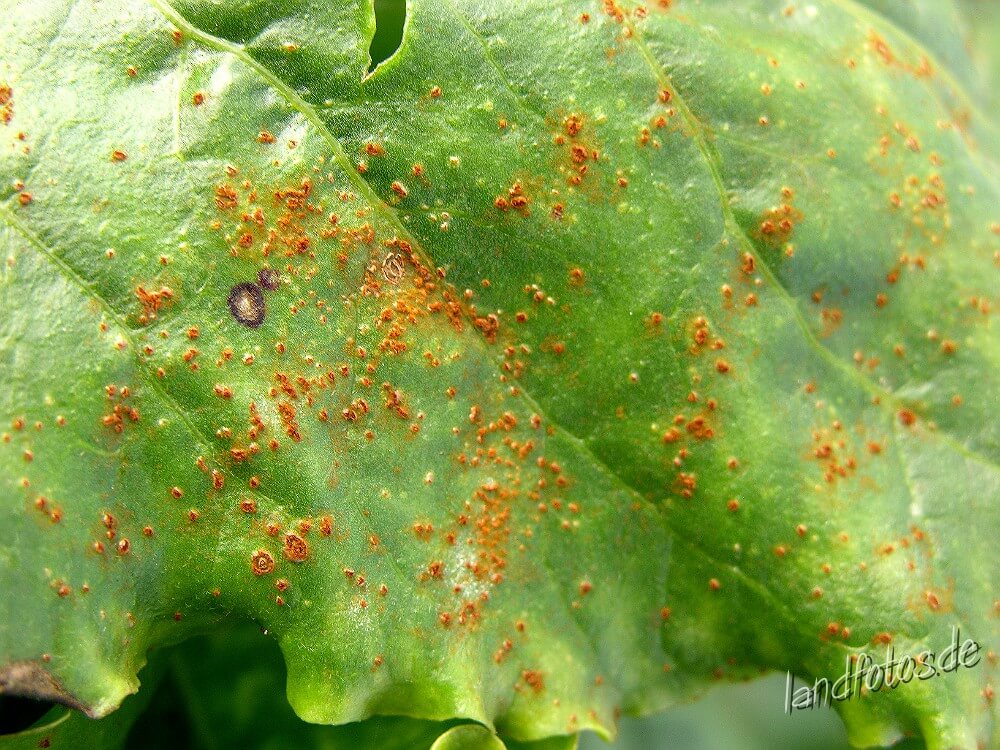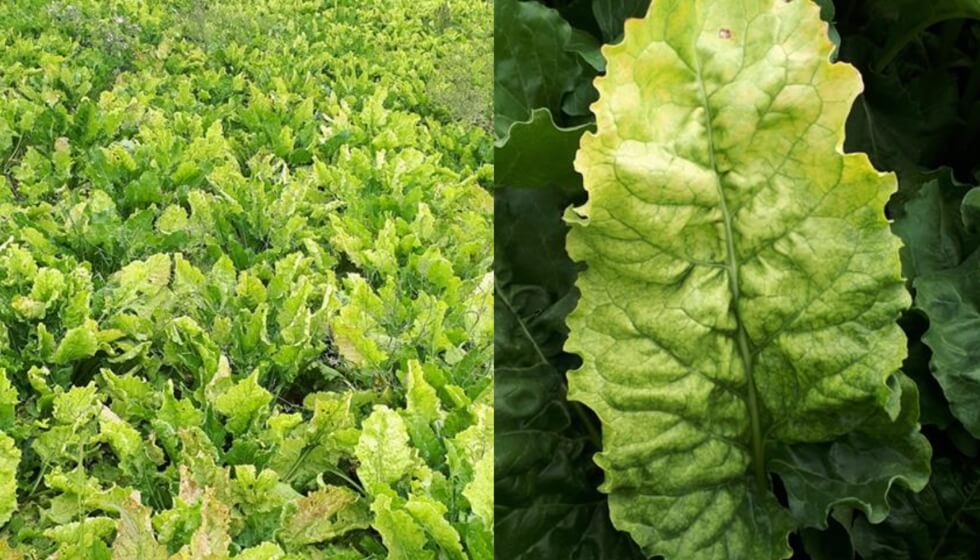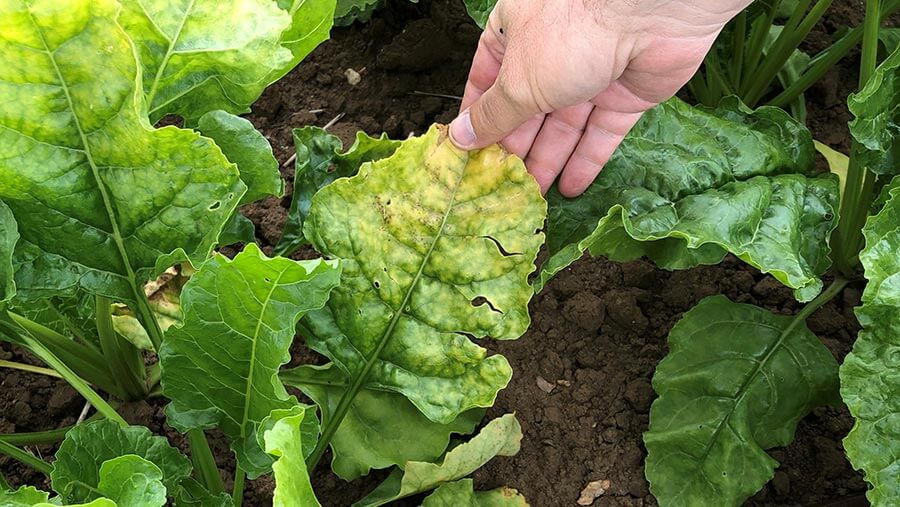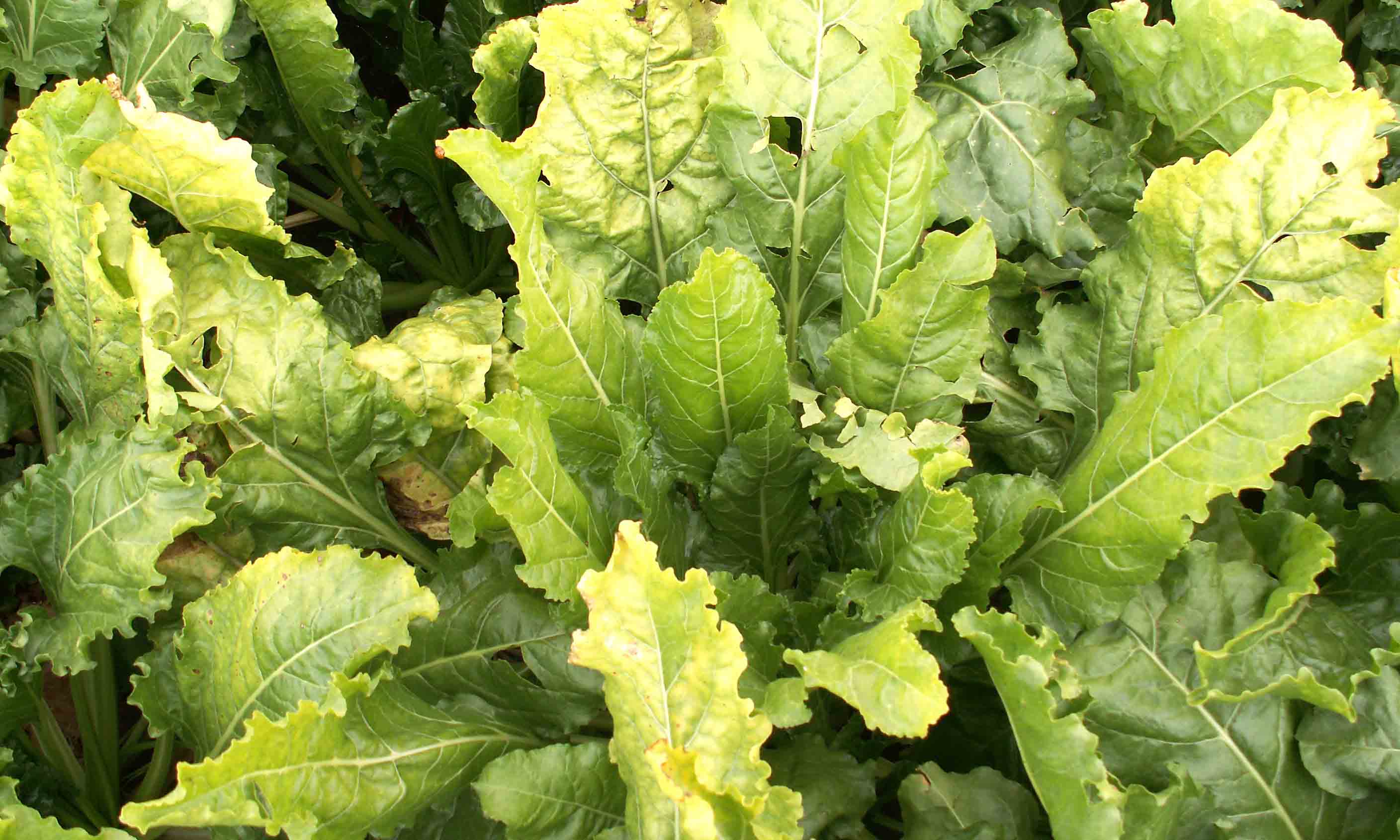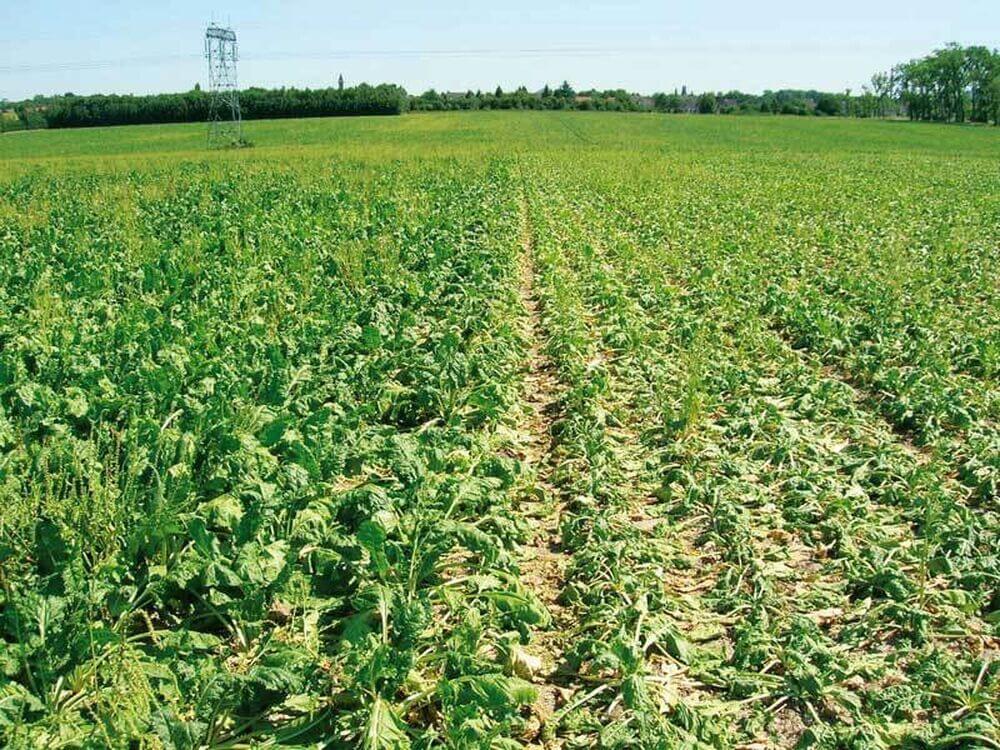
Remolacha de mesa
How to recognize and combat soft rot in beets
Soft Rot
Fungus
Type:
Risk to the plant:
HIGH
Rhizopus Arrhizuss
Pathogen:
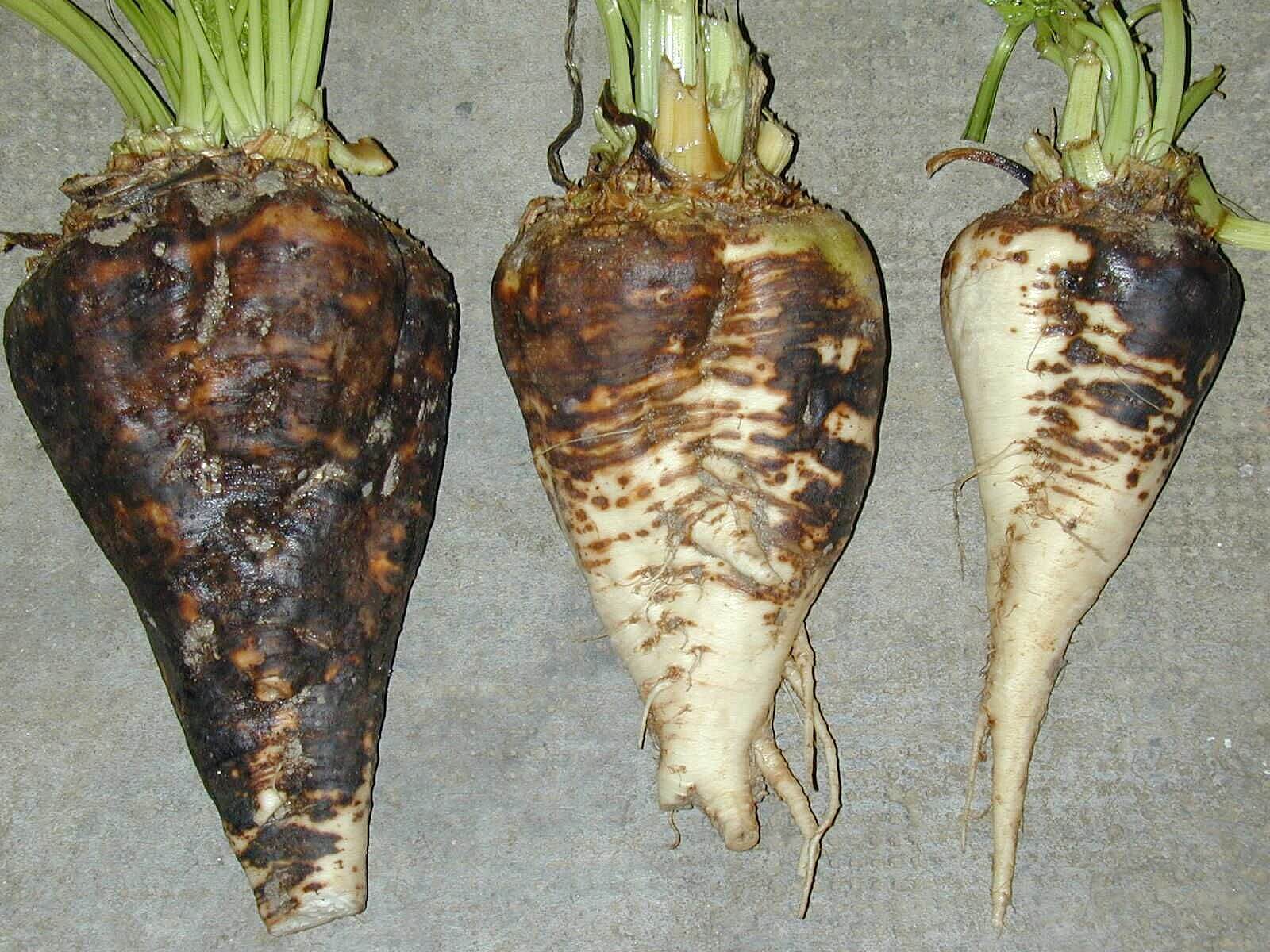
Micosis/Hongos
WHO CAUSES IT?
Rhizopus arrhizus is a pathogenic fungus known for its ability to decompose organic matter, causing the soft rot disease in various plants, including beets. This fungus belongs to the Mucoraceae family and is characterized by its rapid growth and ability to produce sporangia full of spores. The spores are released into the air and spread easily to new areas where they can germinate under favorable humidity and temperature conditions. In the presence of wounds or damaged areas on the plant, the spores germinate and form mycelium, which penetrates and colonizes plant tissues, decomposing them in an aggressive enzymatic process. Rhizopus arrhizus can survive in soil and plant debris as resistant spores, waiting for favorable conditions to infect again.
SYMPTOMS
In beet, soft rot caused by Rhizopus arrhizus manifests itself as a rapid and wet decomposition of the tissues. The first signs are usually soft, moist areas on the surface of the beet, which quickly expand and become watery. As the disease progresses, the roots and other affected tissues develop a foul odor and slimy texture, eventually leading to complete disintegration of the affected plant.
- Wet, soft areas on the surface of the beet.
- Rapid expansion of affected areas.
- Watery and viscous texture in fabrics.
- Release of a foul odor.
- Complete disintegration of the roots and other affected tissues.
- General collapse of the plant.
- Appearance of black sporangia in infected areas.
- Necrosis in the aerial parts adjacent to the affected areas.


DEVELOPMENT CONDITIONS
Temperature:
25°C - 35°C
Humidity:
80% - 95%
HOW IS IT SPREAD?
Irrigation water, Contaminated soil, Agricultural tools, Infected plant material, Wind, Aerial spores
HOW TO ELIMINATE IT?
Home treatments
There are no home treatments
Natural allies
Chemical treatments
There are no treatments for this disease. Treatments are directed at the insect vectors that transmit it. See insect treatments.
RECOMMENDED PRODUCTS TO ELIMINATE THE PEST
Sponsored link
Sponsored link
Sponsored link
Sponsored link
Sponsored link
Sponsored link
Sponsored link
Effective against all types of fungi
Sponsored link
Sponsored link
Sponsored link
Sponsored link
Sponsored link
REPELLENT PLANTS
-
RECOMMENDATIONS





















